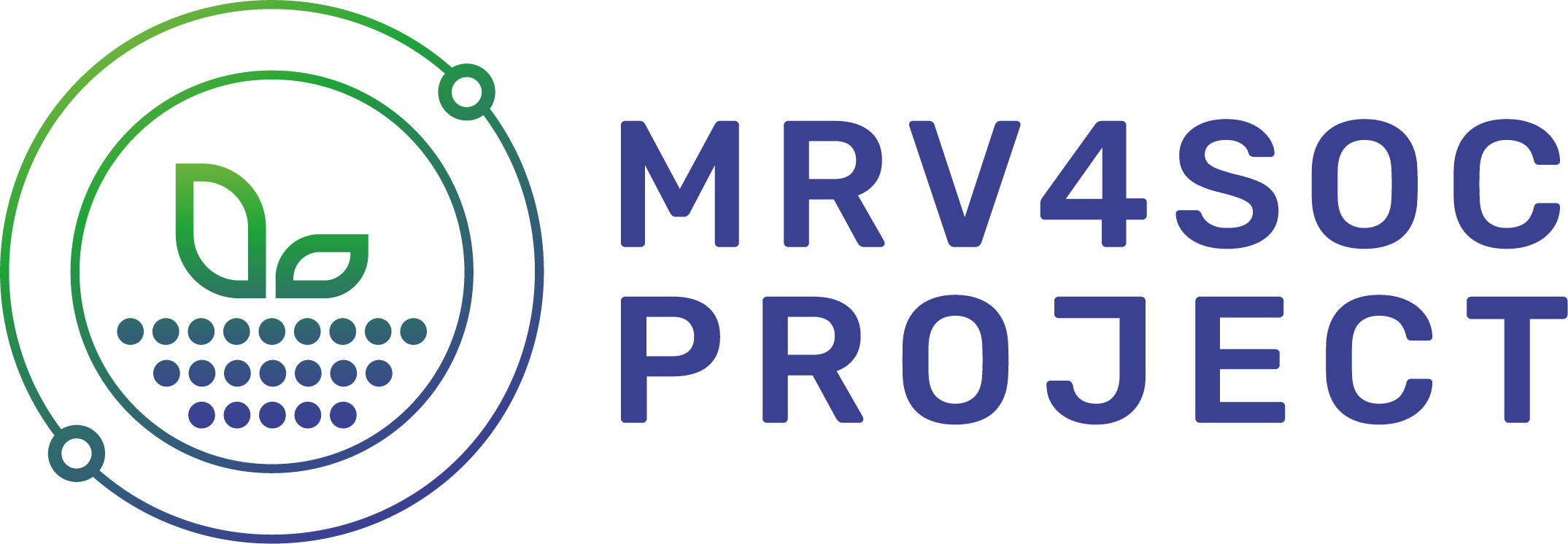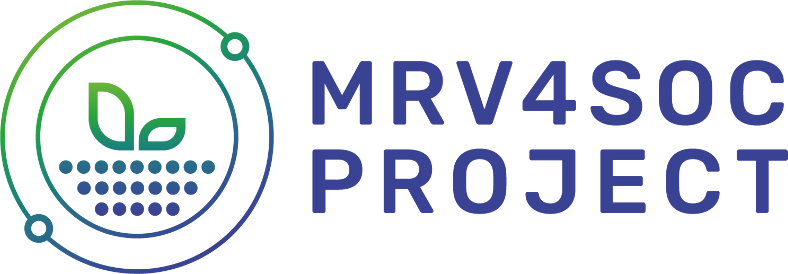About
Overview
MRV4SOC aims to account for changes in as many Carbon pools as possible, estimate Green House Gases (GHG) and full Carbon budgets, couple Carbon and Nitrogen cycles, quantify Soil Organic Carbon (SOC) accumulation, and assess the results of traditional management practices and Carbon farming. The consortium is investigating methodologies that account for the full GHG and C budget meeting the QU.A.L.ITY criteria (QUantification, Additionality and baselines, Long-term storage, and sustanabilITY). The results of this project will contribute building a Monitoring, Reporting, and Verification framework for the EU land sector.
Soil can store more carbon from the atmosphere than it emits, acting as a sink. Unfortunately, climate change and socio-economic pressures have contributed to land degradation and a loss of biomass, ultimately reducing its sink capability. The result is a rise in atmospheric greenhouse gas concentrations and risks for food production. Sustainable land management practices can turn carbon sources into sinks.
The project uses state-of-the-art technologies, including spectrometry, satellites, and drones to acquire reliable data on carbon sequestration and greenhouse gas emissions linked to land use. The acquired in-situ and remote sensing data will be used to develop geostatistical and process-based models in 14 demo sites covering 9 land use/ land cover classes. The demo sites have been chosen considering the variability of climate and socio-economic conditions in Europe.
MRV4SOC is a 3-year project funded by the European Union that started in June 2023.

Challenges

The impacts of climate- change and socio-economic pressures in soil organic carbon accumulation are hard to separate

Soil diversity across Europe and at different geographical scales adds layers of complexity to the development of transparent, robust, and cost-effective Monitoring, Reporting, and Verification schemes

There is a general widespread distrust in the Voluntary Carbon Market, a method to reduce and regulate greenhouse gas emissions
Objectives
-

Measure long-term soil organic carbon accumulation in 9 EU representative land use/land cover classes
-

Assess how carbon farming practices drive carbon flux dynamics in the 9 classes
-

Evaluate the impact of climate change on soil organic carbon accumulation
-

Develop a robust, transparent, standard, and cost-effective monitoring, reporting, and verification system to facilitate results-based payments for farming practices
-

Identify revenue opportunities to unlock results-based payments
-

Increase stakeholders’ confidence in Voluntary Carbon Markets







